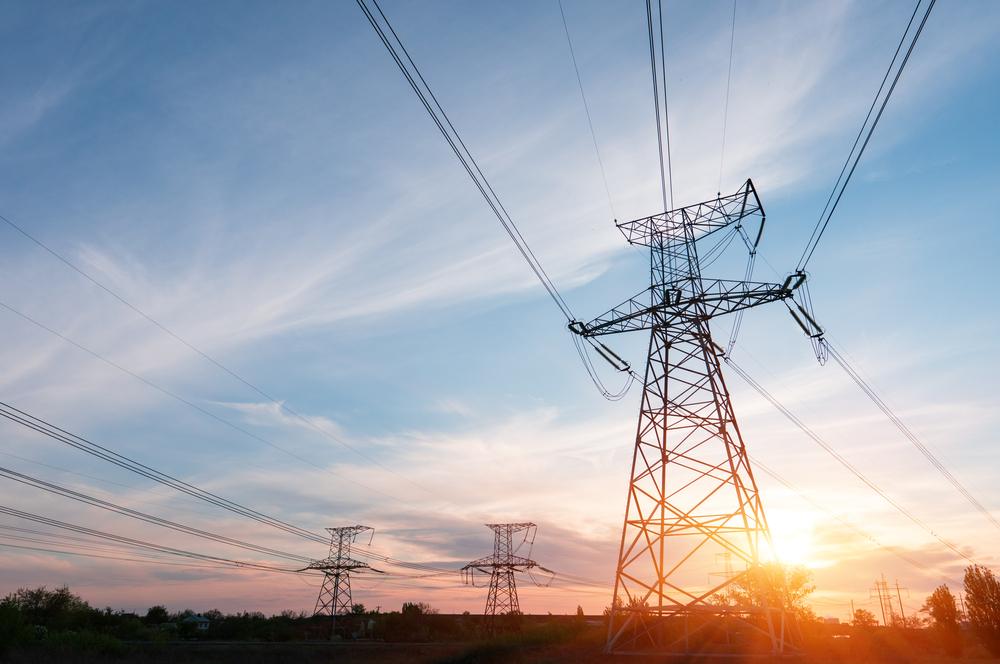Euronews.green writes that CO2 is still the world's most powerful greenhouse gas by the numbers, as the world pumps many gigatons every year into the atmosphere, far more than any other gas out there. Scientists are starting to focus on a wider family of greenhouse gases, however, called fluorinated gases (F).
Sulphur hexafluoride (SF6) belongs to this family of potent greenhouse gases and it is odorless, colorless, but very powerful and could become very common, as it is used to insulate power lines.
Sulphur hexafluoride has a planet-warming potential that's 24.000 times greater than that of CO2 and what's worse is that this human-induced gas can last as much as 1.000 years in the atmosphere.
Ronald Prinn, MIT Joint Program and CGCS Director, said that "any increase in SF6 emissions this century will effectively alter our planet’s radioactive budget (the balance between incoming energy from the sun and outgoing energy from the Earth) well beyond the multi-decade time frame of current climate policies."
In 2016, SF6 levels in China reached the equivalent of 125 million tons of CO2 emissions or 1% of the country's total share of carbon dioxide. The amount is also comparable to the annual emissions pumped by the Netherlands or Belgium.
Alternative solutions for insulating the power grid are available and have already been used by countries in Europe, for example, but China made an exception from having to replace SF6 with cleaner alternatives.
Between 2011 and 2021, SF6 emissions in China grew from 2.6 gigagrams or 34% of the planet's total share, to 5.1 gigagrams or 57% of the planet's total emission of this greenhouse gas.
Minde An, a postdoc at the Center for Global Change Science (CGCS) at MIT, said that "adopting maintenance practices that minimize SF6 leak rates or using SF6-free equipment or SF6 substitutes in the power grid will benefit greenhouse gas mitigation in China."
 Mihai - Cristian Ioniță
Mihai - Cristian Ioniță












Any thoughts?